
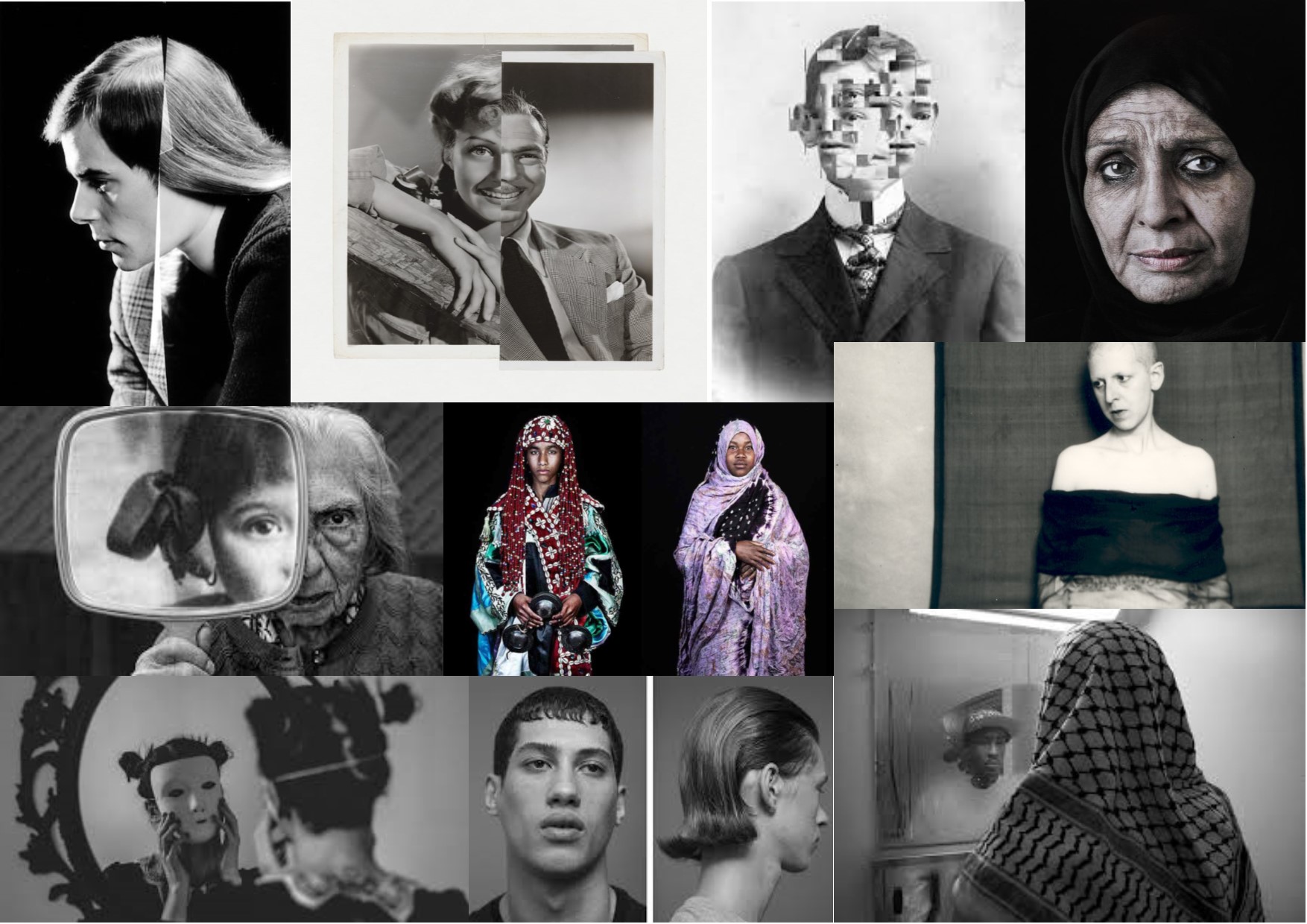
Daily Archives: January 11, 2019
Filters
Francesca Woodman
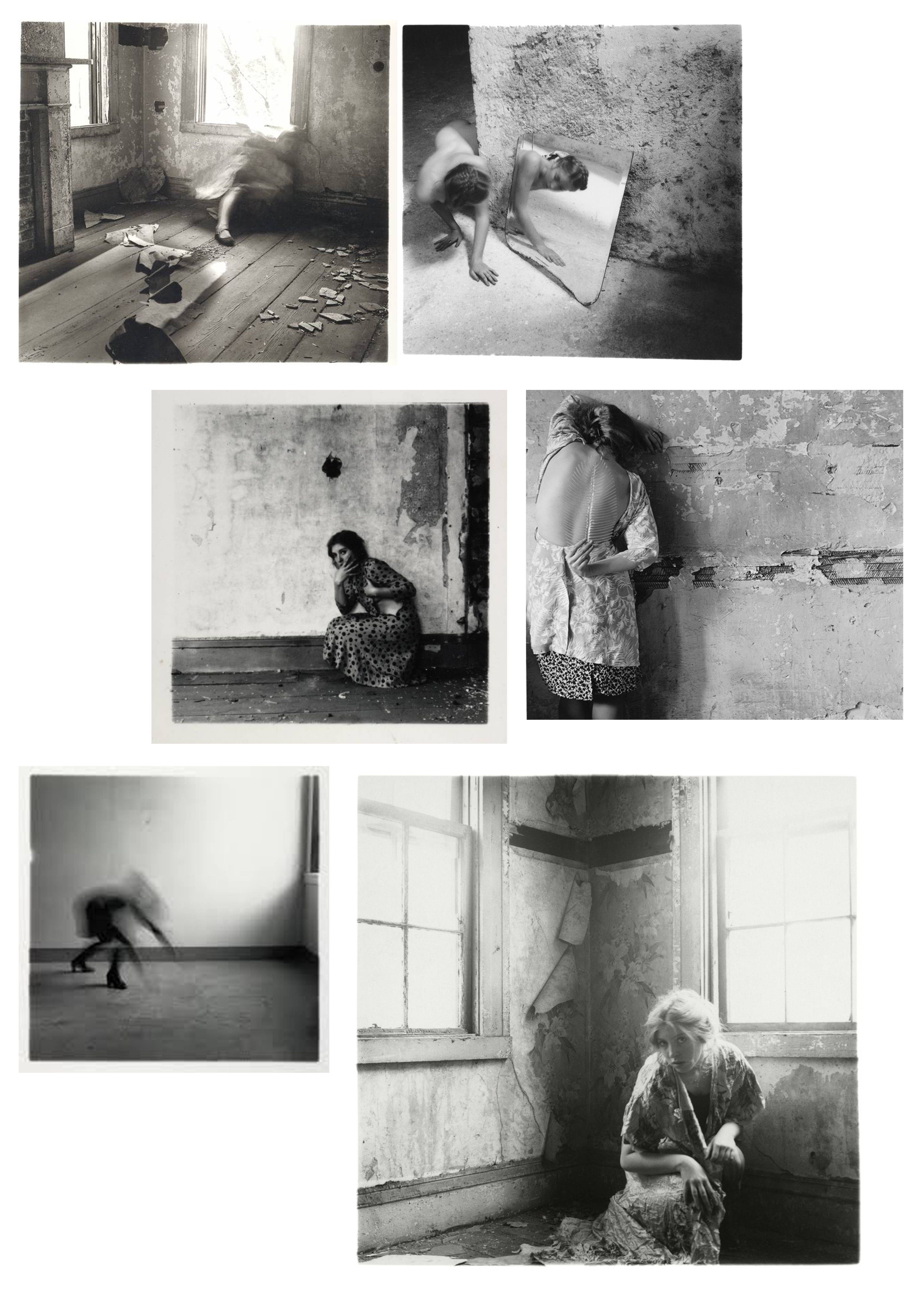
Francesca Woodman is best known for photographing herself. She is usually seen half hidden; sometimes by furniture or by slow exposures that blur her figure into a ghostly presence. She photographed herself in empty interiors. The images convey an underlying sense of human fragility. The fragility is exaggerated by the fact that the photographs are printed on a very small scale; they seem personal and intimate.
Francesca Woodman’s entire body of work was produced as a young person and created over eight years. Her photographs explore many themes that affect young people such as relationships, sexuality, questions of self, body image, alienation, isolation and confusion or uncertainty about personal identity.
Francesca distorts reality into a surreal fantasy by squeezing herself behind mantelpieces or into small cupboards. She hides herself by pulling wallpaper over herself like a blanket. She often seems to be retreating into the material of the building. This makes her seem vulnerable, isolated and alienated.
She continuously explored and tested what she could do with photography. She manipulated light, movement and photographic effects and used carefully selected props, clothing and decaying interiors to add a mysterious and gothic atmosphere to the work.
Joachim Schmidt – Case Study (MOCK EXAM)
Joachim Schmidt is a Berlin based critic and conceptual Artist. Schmidt collects and re-purposes photographs that other people have thrown away. Schmidt takes these discarded, ripped, and mundane photographs, and creates artwork that is thought provoking and captivating. Joachim is extremely passionate for his art/photography work, Schmid has stated himself that he is “completely obsessed with photography”, He suspects that “few people in the world have looked at more photographs” than he has. At one point he counted: he had looked at 10,000 photographs in one day alone. And he has maintained his manic pace since embarking on his career as a “professional looker” in the 1980s.
One of Schmidt’s first projects was ‘Pictures from the Street’ (Bilder von der Straße, in German) which ranged from the years 1982-2012. For this one, he would keep and classify each and every photograph (or fragment of a photograph) that he found in a public space. (The collection had more than 900 pieces at one time). If a photograph had been ripped to pieces, he re-assembled what he could and mounted it as a scientist would. All pieces of this collection are arranged and displayed on identical sheets of archival paper, in chronological order, noting the date and place where each was found. It is almost impossible to look at this collection and not try to imagine stories about who is pictured, and who owned the photo, and why the photos were thrown away.


No. 885, New York, February 2007, from Bilder von der Straße © Joachim Schmid

Another of Schmidt’s ingenious art projects was developed in 1990, out of a prank, which he started by posting what looked like a serious notice in a public newspaper about the ecological dangers of unwanted photographs and negatives. He had created an “institute” that offered to safely recycle or re-use dangerous film and photos. ‘The Institute for the Reprocessing of Used Photographs’ (Erste allgemeine Altfotosammlung, In German). What started out as a prank, had become publicized worldwide and Schmidt was soon being overwhelmed by packages of people’s negatives and photos they wanted disposed of safely.
One of his packages contained a large amount of high quality negatives, from a photography or film studio. However they had been sliced in half, in order to decrease their value. Schmidt then came up with the idea of putting one half of an image with another, which do not match. He had created bizarre composites that were uniformly lit and fit together in an uncanny way. This was made easily possible as the photo studio seemed to always position its lights exactly the same way for years, and never moved the camera closer or further away from each model. This project was then named ‘Photogenic Drafts’.

Photogenetic Draft No. 32, 1991 © Joachim Schmid

Photogenetic Draft No. 4, 1991 © Joachim Schmid

Photogenetic Draft No. 8, 1991 © Joachim Schmid
Final Outcomes—display and presentation
YOUR FINAL BLOG POST SHOULD CLEARLY SHOW 3-5 POSSIBLE FINAL OUTCOMES for IDENTITY AND PLACE, INCLUDING YOUR PRESENTATION METHOD
- sequencing of images
- grouping of images -grids , triptych, diptych, dioramas, predellas
- sculptural / multi-media approaches
- framing methods
- blog (show examples of frames / borders + process)
- clarity of final outcomes—which images are your final outcomes?
- coursework round – up and evaluation
FROM THIS YOU CAN CHOOSE YOUR IMAGES FOR PRINTING
Contemporary approaches to presentation :
Research and explore alternative approaches to presenting your final images. This should be an integral part of your concept…not a gimmick…ultimately, the quality of your photography will be the primary focus and your mark will reflect this…
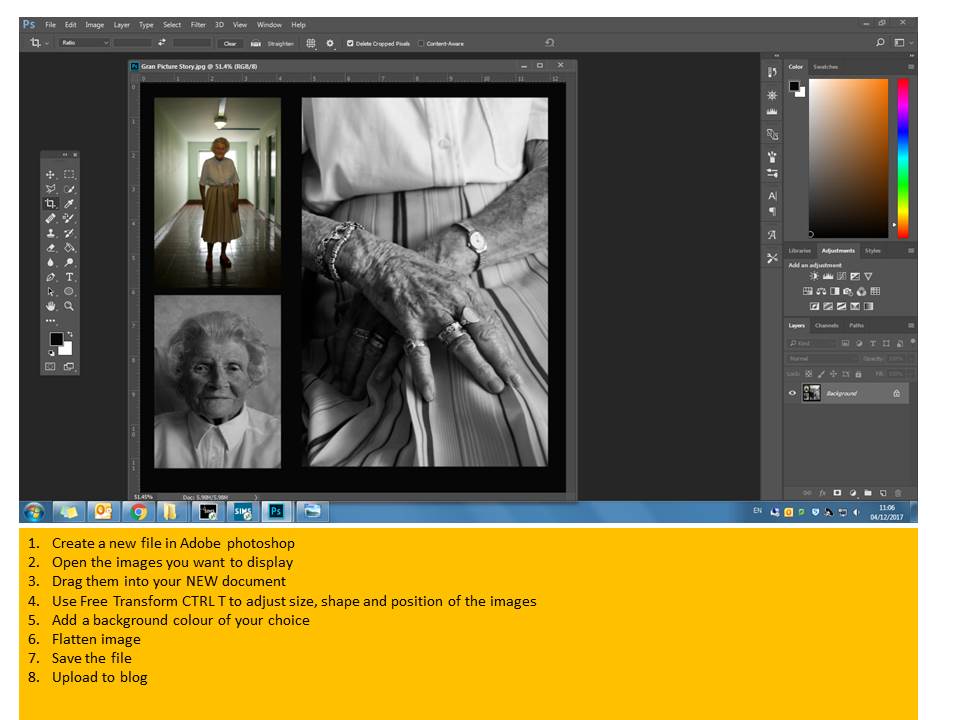
Sculptural methods…


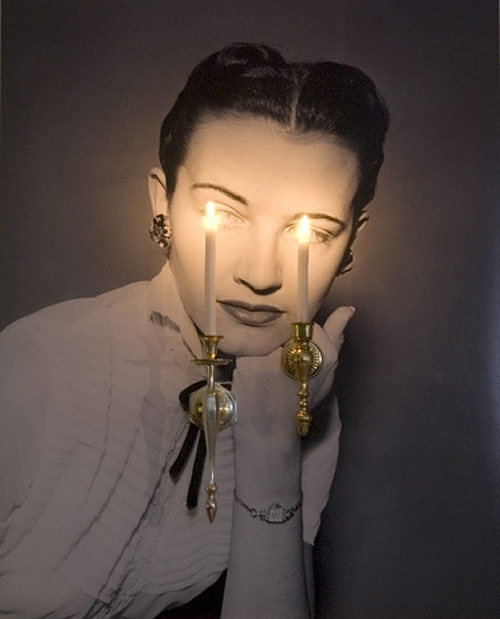
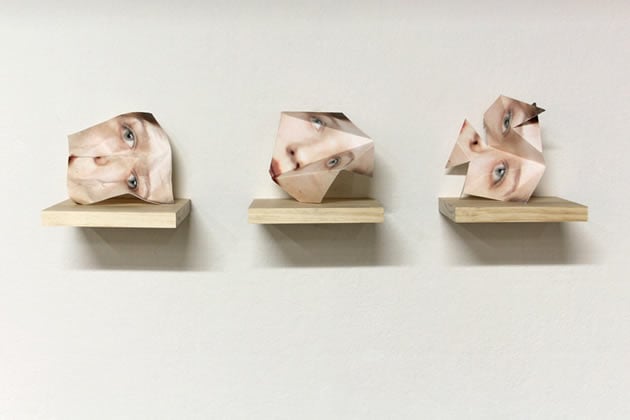


Two-Frame / Diptych Arrangements


Triptych (3 frame)


Grid Layout
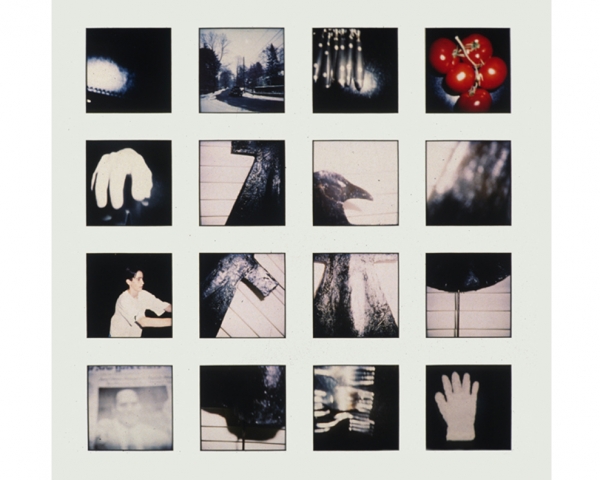
Eclectic Layout

Photo-Essay Layout

Circular Aperture

Diorama / pop-out book layout
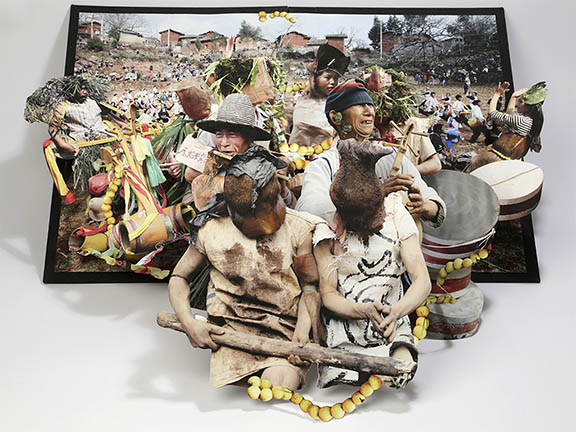

Using projectors / clear acetate and transparencies

Evidence of your final outcome + framing
Essentials
- Remember to label each JPEG in the print folder with your name
- Minimum 1 x file per A3. A4, A5
- Ensure that your final images are a direct response to your chosen photographer (s) and show a clear visual link
- Print size images = 4000 pixels on LONG EDGE
- BLOG SIZE images = 1000 pixels on LONG EDGE


